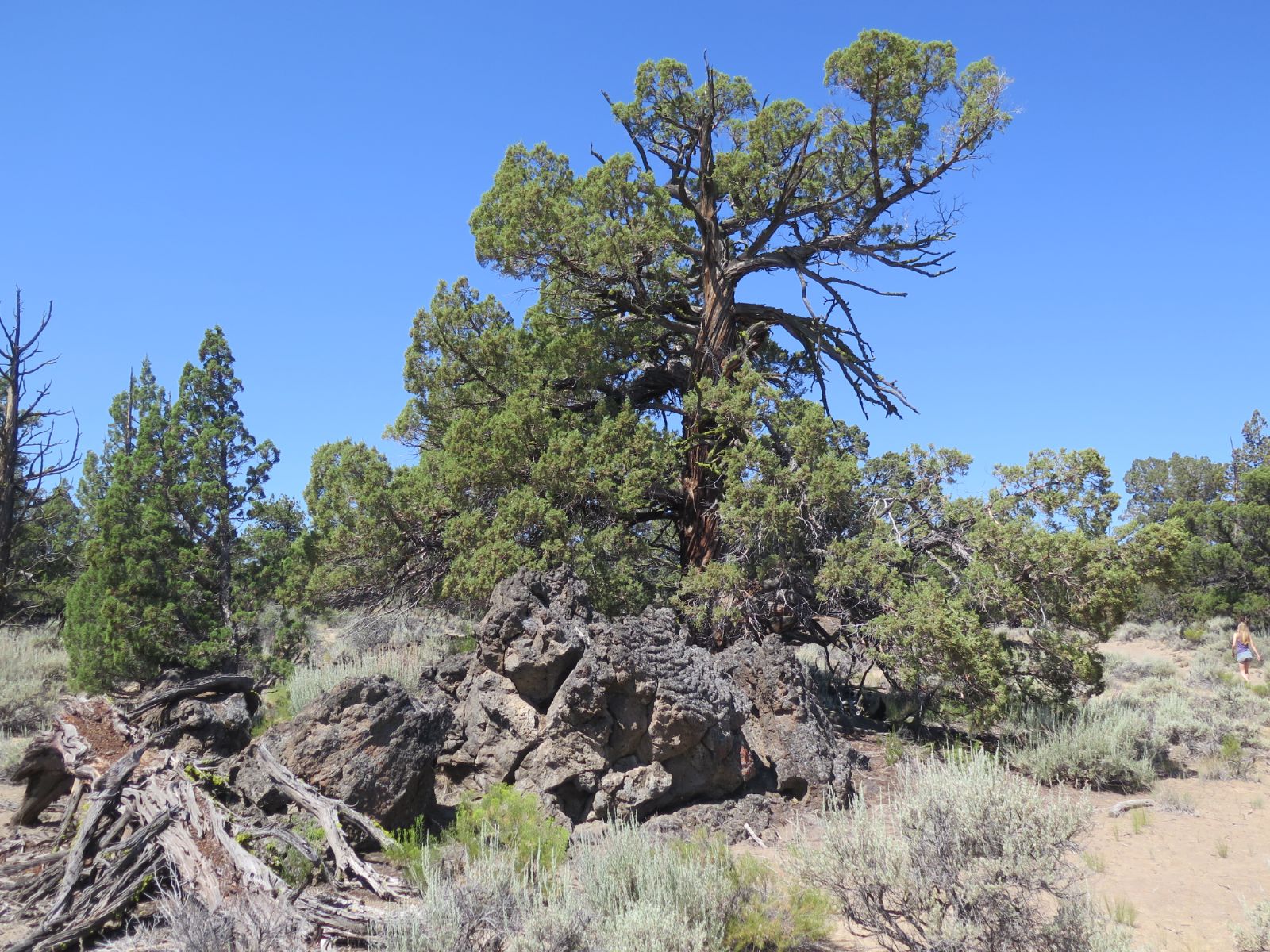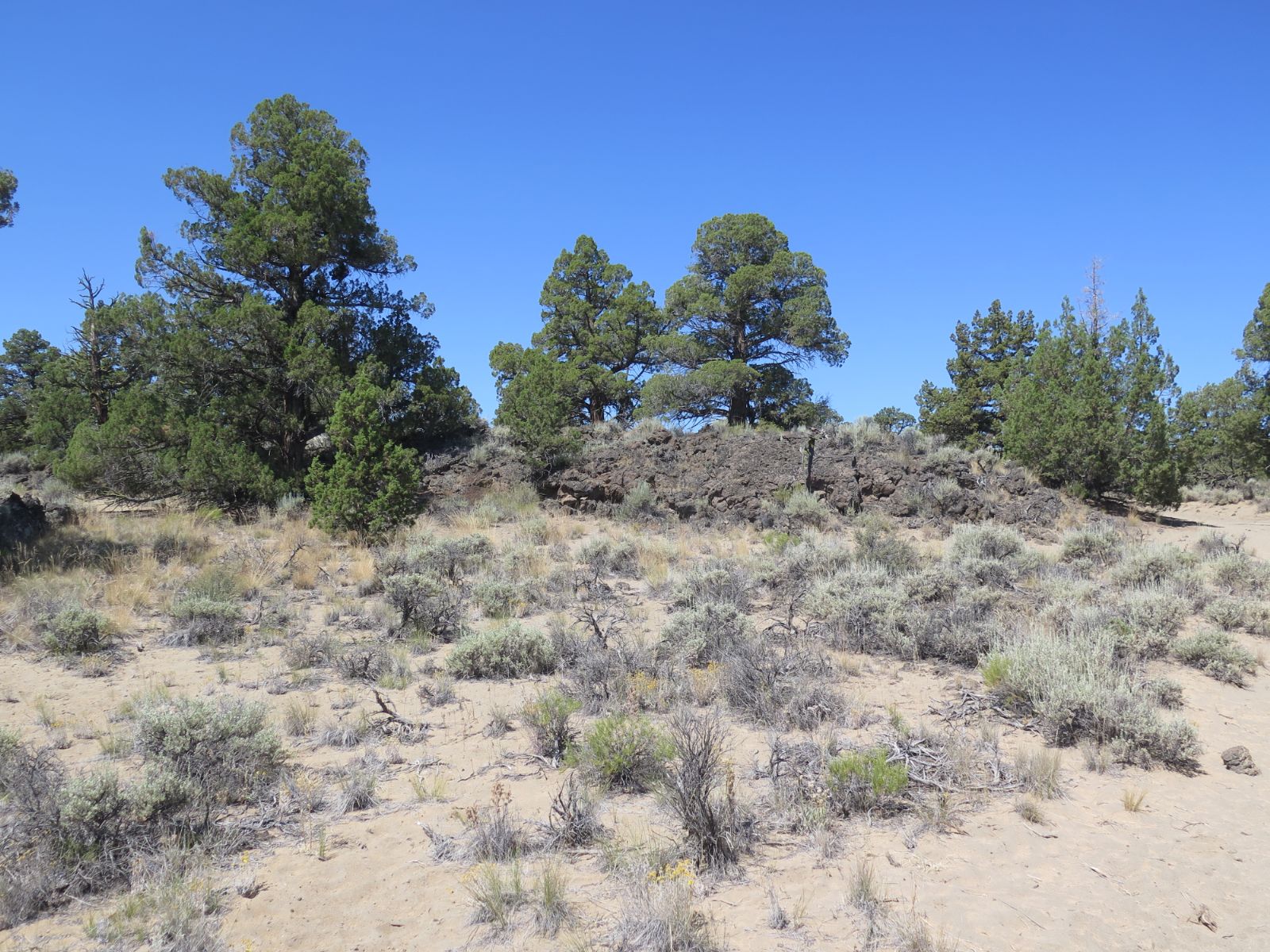Juniperus occidentalis
Credits
Article from Bean's Trees and Shrubs Hardy in the British Isles
Recommended citation
'Juniperus occidentalis' from the website Trees and Shrubs Online (treesandshrubsonline.
Other taxa in genus
- Juniperus bermudiana
- Juniperus cedrus
- Juniperus chinensis
- Juniperus communis
- Juniperus conferta
- Juniperus deppeana
- Juniperus drupacea
- Juniperus excelsa
- Juniperus flaccida
- Juniperus foetidissima
- Juniperus formosana
- Juniperus horizontalis
- Juniperus komarovii
- Juniperus oxycedrus
- Juniperus phoenicea
- Juniperus pingii
- Juniperus procera
- Juniperus procumbens
- Juniperus recurva
- Juniperus rigida
- Juniperus sabina
- Juniperus saltuaria
- Juniperus scopulorum
- Juniperus semiglobosa
- Juniperus squamata
- Juniperus thurifera
- Juniperus tibetica
- Juniperus virginiana
- Juniperus wallichiana
A round-headed tree up to 45 ft (rarely 60 ft) high, or a shrub; its trunk occasionally 2 to 3 ft in diameter. Young shoots to 1⁄16 in. thick with the scale-like, grey-green, overlapping leaves closely pressed to the stem, and arranged in threes; the exposed part is diamond-shaped, 1⁄16 in. long, bluntish, with a conspicuous gland on the back. The leaves on juvenile shoots are awl-shaped, sharply pointed, keeled at the back, 1⁄8 in. long, sometimes in pairs. Fruits subglobose to egg-shaped, 1⁄4 to 1⁄3 in. long, covered with a glaucous bloom, carrying two or three seeds.
Native of N.W. America from the State of Washington and British Columbia to California; first collected by Douglas about 1829. It has always been very rare in cultivation although as it has been found up to elevations of 10,000 ft it should be hardy enough. Douglas found trees 50 to 60 ft high with clean erect trunks.
From the Supplement (Vol. V)
† J. monosperma (Engelm.) Sarg. J. occidentalis var. monosperma Engelm. – A native of the south-western USA and northern Mexico, related to J. occidentalis, differing chiefly in its inconspicuously glandular, mostly opposite scale-leaves, and usually one-seeded fruits. There are examples about 30–35 ft high in the R.H.S. Garden, Wisley, and at Sheffield Park, Sussex.


